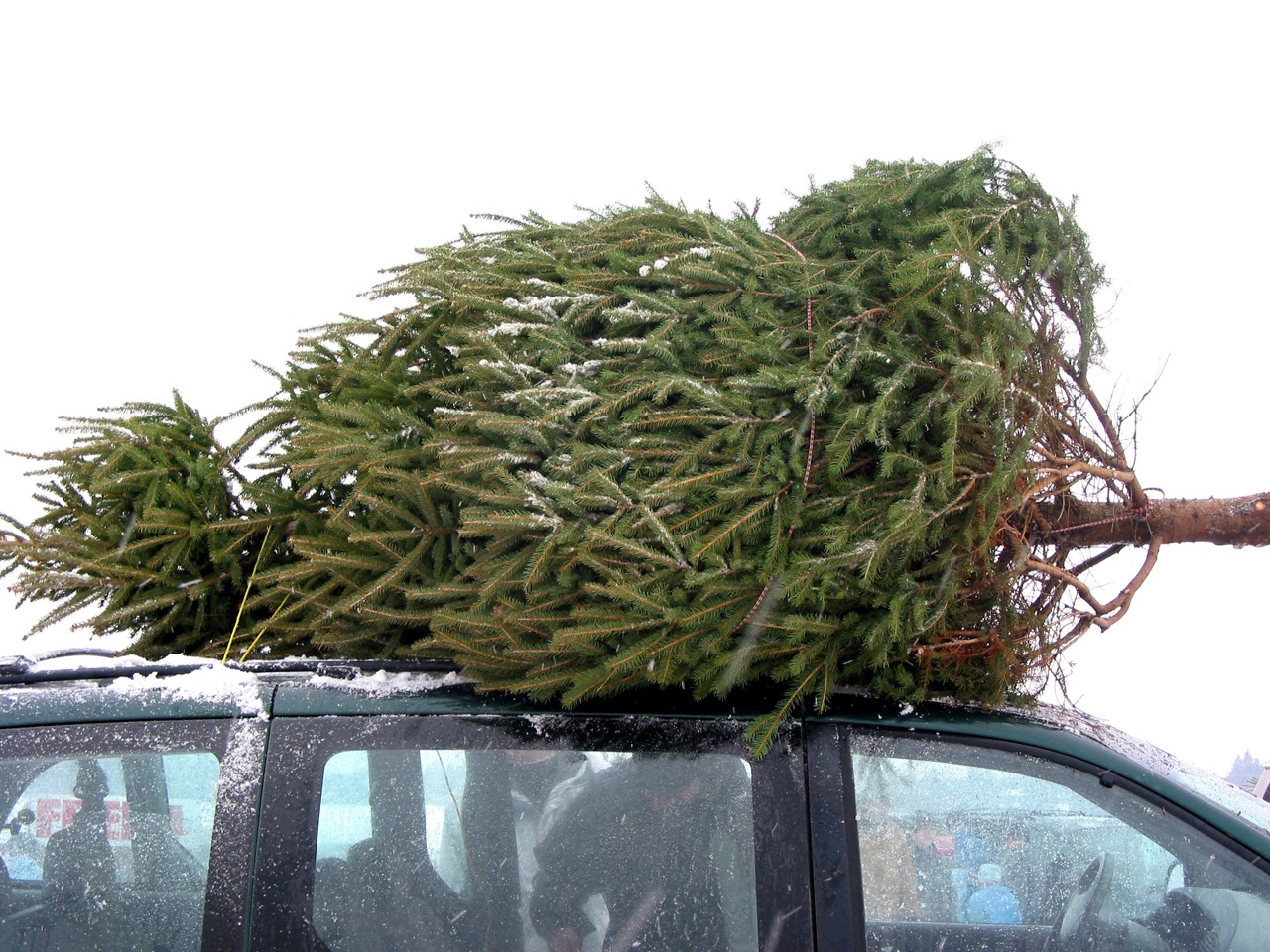For many of us, the arrival of Christmas is synonymous with decorating a tree. We embellish it with baubles, stars, lights, even candies, and place gifts for the whole family beneath it.
For some, it’s a tradition; for others, simply another reason for celebration. Undoubtedly, it’s a moment we cherish. Without a tree, Christmas seems to lose its charm.
However, in some university neighbourhood buildings, residents are not allowed to have real trees. The regulations aren’t standardized, and there’s no list showing buildings where residents cannot have a natural tree. People might discover this restriction even after buying a tree.
“UNA does not have jurisdiction over private space,” says Wegland Sit, the UNA’s operations manager.
The prohibition of real Christmas trees in some residential buildings, especially high-rises, has been a long-standing issue in Vancouver and across Canada. The UBC campus area is no exception.
But who prohibits real Christmas trees and why?
“Communities with restrictions on live Christmas trees have specifically requested changes to their bylaws to suit their needs. Bylaws are set by each strata and can only be voted on and changed at a general meeting,” says Christine Locke, a property manager at one of the neighbourhood’s residential buildings.
Lawyer Lisa Mackie, writing on the blog of Vancouver’s Alexander Holburn law firm, writes that, “Communities may wish to prohibit live trees for various reasons, including avoiding potential fire hazards they present to the building and dodging the damage that can be sustained to the common area hallways during transportation.”
Tony Gioventu, executive director of the Condominium Home Owners Association, writes that, “Live trees still capture our nostalgic celebration of Christmas, yet they also come with the dangers of increased fire risk, damaging building common areas, pest infestations (always a treat when the bugs hatch), and increased maintenance.”
Although the risk of fire seems to be the primary motivation for such bylaws, it doesn’t necessarily hold true. In a 2009 CBC article on Christmas trees and fire hazards, then-Vancouver fire chief Gabe Roder agreed that natural trees are no more risky than artificial ones. “We don’t feel they cause a tremendous fire hazard,” he said.
So the primary issue seems to be the mess and damage caused by transporting natural trees into buildings, which could be resolved if everyone used a tree bag before dragging the tree through the communal area.
While artificial trees are an option, natural trees are preferred for many reasons, especially because they are seen as environmentally friendly and recyclable. But how environmentally friendly seems to depend on keeping an artificial tree for at least a few years.
On the UNA website, residents can learn about free recycling services provided by the Green Depot at Wesbrook Community Centre. Recently, an online tool called the Waste Wizard was implemented on the Green Depot’s website, letting residents enter the item they wish to recycle before receiving the best disposal options.
Entering “Christmas Tree” will display the available options. “Residents can adopt a pay-to-reuse service locally at UBC Botanical Garden, where real Christmas trees can be recycled by donation. Or dispose of them at the transfer station,” the UNA’s Sit says.
So, to avoid any unpleasant surprises before buying the perfect tree for Christmas and dragging it upstairs, check your bylaws.
ADA BUCUR IS A CAMPUS RESIDENT, POSSESSES A GRAPHIC DESIGN DIPLOMA, A PHOTOGRAPHY CERTIFICATE, AND OVER TWO DECADES OF JOURNALISM EXPERTISE GAINED IN HER NATIVE ROMANIA.
